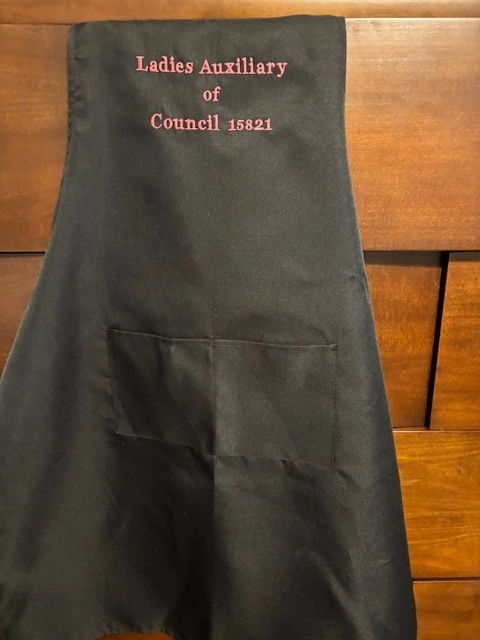The Art of Custom-made Needlework: Opening the Secrets to Creating Distinct and Memorable Layouts
Embroidery, a craft steeped in practice and artistry, holds within its complex stitches the power to transform material into a canvas of special expression. The keys to developing custom needlework styles that captivate the eye and leave a long-term impression depend on a fragile equilibrium of method, creative thinking, and focus to detail. As we look into the globe of customized embroidery, we discover the nuanced interaction in between thread choice, stitch complexity, and design customization that raises a simple garment to a job of art. Join us on a trip via the art of customized embroidery as we unravel the mysteries behind crafting truly unforgettable and unique developments.
Selecting the Right Embroidery Threads
When selecting embroidery strings, what essential aspects should you take into consideration to make certain the best results for your custom styles? The selection of needlework string is vital in establishing the last result of your embroidered design.
Additionally, the weight or thickness of the thread plays a substantial role in the appearance of the needlework. Thicker threads can add dimension and structure to your style, while finer threads are optimal for elaborate details and small text. In addition, thinking about the color fastness and washability of the string is important to guarantee that your customized designs maintain their top quality and vibrancy with time. By thoroughly assessing these elements and choosing top notch threads that fulfill your details demands, you can improve the visual appeal and durability of your embroidered developments.
Exploring Various Stitch Methods
To explore the realm of 'Discovering Different Stitch Techniques', one must comprehend the complexities and subtleties that each stitching approach gives the art of needlework. Different stitch strategies not only include visual interest yet also add to the overall appearance and dimension of the style. One preferred stitch method is the satin stitch, which entails closely stuffed parallel stitches to create a smooth and glossy surface area, ideal for filling out shapes and producing vibrant describes.
On the various other hand, the backstitch is a versatile method usually used for laying out and adding great information. It entails stitching backwards to produce a strong line of needlework. Additionally, the French knot stitch adds a responsive component to designs, ideal for developing textured accents like blossom facilities or decorative touches.
Exploring different stitch methods permits embroiderers to have fun with light, darkness, and depth within their designs, raising the aesthetic charm and imaginative top quality of their needlework projects. By grasping different sewing techniques, one can open endless possibilities for producing click over here special and unforgettable custom-made embroidery items.
Incorporating Personalized Layout Aspects
Having actually discovered the ins and outs of different stitch techniques such as the satin stitch, backstitch, and French knot, the emphasis currently moves towards incorporating tailored layout aspects in custom needlework jobs. Personalized layout components play a critical duty in making needlework projects really unique and remarkable.
One more means to incorporate customized layout aspects is by including signs or concepts that hold unique meaning to the recipient or show their passions and character. Integrating a favored flower, pet, or hobby-related symbol can make the embroidery layout much more helpful resources purposeful and tailored. In addition, selecting shades that reverberate with the recipient or align with the desired style can better enhance the personalization of the needlework task.
Grasping the Art of Shade Coordination
One key element of color control is comprehending shade theory. This consists of understanding exactly how why not find out more different colors connect with each other, the emotions they share, and exactly how they can be integrated to develop visually attractive designs. By applying color theory principles, embroiderers can develop harmonious color schemes that enhance the total appearance of the layout.
Additionally, taking note of comparison is important in shade sychronisation. Making use of contrasting shades can help specific components of the layout pop, improve clarity, and develop a visually dynamic embroidery item. By grasping the art of color sychronisation, embroiderers can raise their layouts and develop memorable pieces that reverberate with clients and customers alike.
Enhancing Appearance With Advanced Needlework Stitches

French knots, for instance, are perfect for adding small, elevated dots to your design, imitating the appearance of grains or creating a distinctive surface area. Bullion knots, on the various other hand, can be made use of to create twisted, ropelike elements that add an extravagant feel to the embroidery. Seed stitching includes small, scattered stitches that can load in locations with a polychromatic texture, while turkey job develops cosy, dimensional accents evocative pet hair or vegetation. Trying out with these advanced embroidery stitches allows you to push the boundaries of traditional embroidery and produce truly distinct and visually appealing textures in your layouts.
Conclusion
In conclusion, the art of custom-made embroidery involves a mix of selecting the best strings, checking out numerous stitch methods, integrating customized layout aspects, mastering color control, and improving texture with innovative stitches. By comprehending and implementing these vital aspects, embroiderers can create distinct and memorable styles that showcase their creative thinking and skill. Needlework enthusiasts can open the tricks to creating attractive and custom pieces that stick out and leave a long lasting impression.